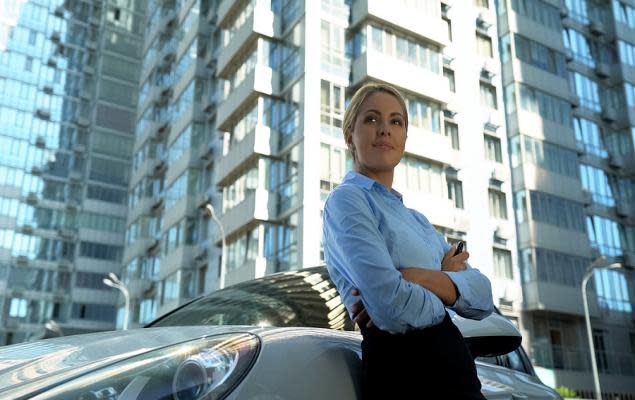Back in April, Apple and Google announced that they were teaming up to develop a Bluetooth Low Energy-based contact tracing system to help slow the spread of COVID-19. Last week — five months later — New York, where I live, launched an app called COVID Alert NY that uses the system. After months of following news of its development and watching the rollout of apps in other states, I was excited to have the option to use it myself. I downloaded it, tucked it in a folder on my iPhone — and promptly forgot about it.
Contact tracing is a key public health tool during a pandemic like this one. It usually takes manual detective work: public health officials track down anyone who might have been exposed to someone with COVID-19 and alert them. They’ll ask them to get tested or quarantine in an effort to stop the virus from spreading. The goal of an app like COVID Alert NY is to help automate that process. Apps can’t replace standard, manual contact tracing, but in theory, they can augment it by flagging exposures to the virus.
:no_upscale()/cdn.vox-cdn.com/uploads/chorus_asset/file/21946201/IMG_2224.jpg)
But apps like this only work if lots of people download them. An unscientific survey of the replies to New York Gov. Andrew Cuomo’s tweet about the app doesn’t inspire confidence it’ll take off. Dozens of people were skeptical of the reassurances that it doesn’t actually track location. A few days after the app’s launch, COVID Alert NY had been downloaded over 300,000 times, but there are nearly 20 million people living in the state.
The chance that someone who is within six feet of me at the grocery store also has the app is probably pretty low right now. But my apartment building just posted a flyer about the app, and friends tell me they’ve heard about it through news alerts and in Facebook groups. More people may start to use it, but it’s still hard to know if enough will sign on to start impacting the spread of the virus.
Despite that lingering question, the app itself is easy to use. It does a good job explaining how the system works (through Bluetooth, which you have to keep on to use the app) and what information it actually collects (it pings random codes between phones that are within six feet of each other for more than 10 minutes). If you test positive for COVID-19, a public health official can ask you if you have the app and if you’re willing to give them access to the codes that were shared with your phone. If you say yes, the phones will get a notification that they were potentially exposed to the virus and the date of that exposure.
The app also gives a clear explanation of the permissions it needs before it asks them. It wants to sense nearby phones and to send notifications if your phone is on the list of codes from a person who has COVID-19. The iPhone pop-ups where you agree to those permissions only appear after you hit “next” on the screen explaining what’s about to happen.
:no_upscale()/cdn.vox-cdn.com/uploads/chorus_asset/file/21946208/IMG_2227.jpg)
It’s less clear in the app, though, that it’s based on Google and Apple’s system. The description in the Apple App Store explains that relationship, but if you didn’t read through it, that’d be easy to miss. If you knew that the tech companies were building a contact tracing system but then were told to download this app from the state of New York, it’d be easy to think that they were two separate things.
I’ve only opened COVID Alert NY a few times since downloading it last week. The app doesn’t need me to do anything in order to pick up Bluetooth signals; it just hums along in the background. It has a few additional functions, though, that could be useful: it displays the state’s COVID-19 case numbers and percent positivity rate, and I can check that data by county as well. It also gives users the option to anonymously report any physical symptoms of COVID-19. Symptom surveillance is one way that public health officials can track the spread of a disease.
But I’m not filling that form out regularly because I’m not using the app regularly. There’s no way to set up an alert to remind myself to submit my symptoms, which is probably a good thing. I don’t want to see any notifications from COVID Alert NY. Ideally, it’ll stay buried on the last screen on my phone for the duration of the pandemic, and I’ll never hear anything from it at all.
The Link LonkOctober 09, 2020 at 12:25AM
https://www.theverge.com/21507550/covid-alert-ny-apple-google-contact-tracing
I regularly forget that I have New York’s COVID-19 exposure notification app - The Verge
https://news.google.com/search?q=forget&hl=en-US&gl=US&ceid=US:en

No comments:
Post a Comment